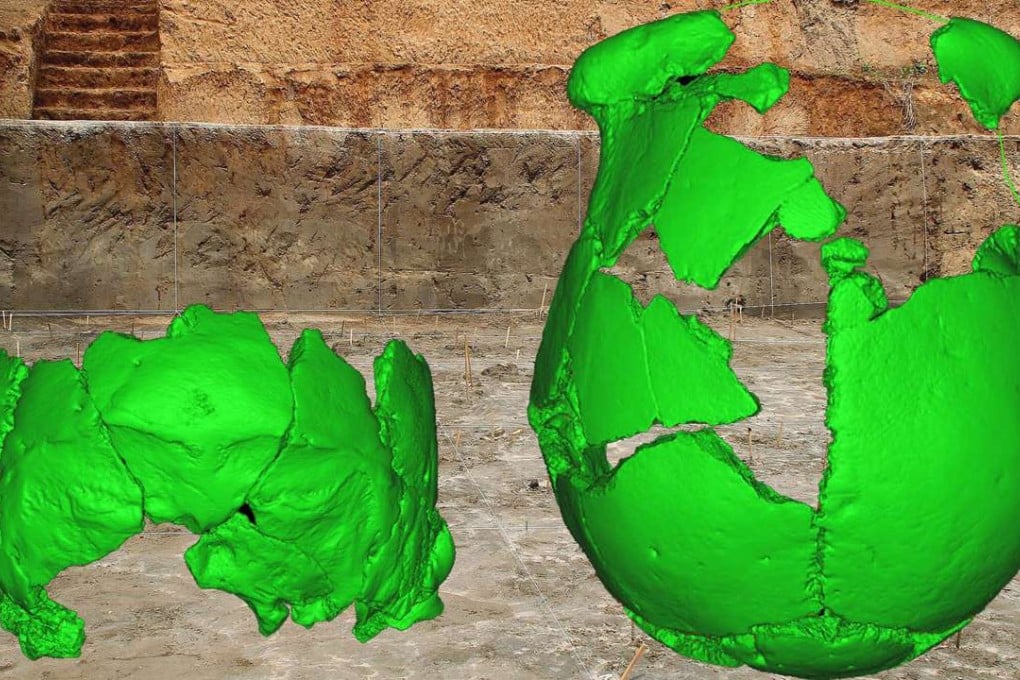Fleshing out the past: ancient Chinese skulls offer strong evidence that Neanderthals reached East Asia
Researchers believe the species may have bred with local humans

Scientists have uncovered strong evidence in central China that Neanderthals reached East Asia and interbred with the hominid population there roughly 100,000 years ago.
The discovery through computer analysis of two skulls expands the range of the archaic humans, suggests modern Chinese might have a European ancestor and challenges the idea that Neanderthals struggled to mix with local populations.
We have found so far the strongest evidence of Neanderthals in East Asia and this is a very exciting
The research on the human skulls unearthed in Xuchang, Henan province, by Chinese and US scientists was published on Friday in the journal Science.
Neanderthals were a muscular, early human species with large brains and were well adapted to the cold. Their bulk helped them survive and thrive through numerous ice ages until they suddenly died out about 40,000 years ago.
At first their remains were found only in Western Europe, but Neanderthal finds have since been reported in Africa, Eastern Europe, Central Asia and Siberia. The Xuchang skulls expand that range to East Asia.
These skulls ... tell us not only where Chinese come from but an entire missing chapter in human evolution history
When the researchers examined the skulls, they found a bony, labyrinthine structure that housed the inner-ear nerves essential for hearing and balance.The delicate structure of this organ varies from one species to another and is a useful way to identify early humans.